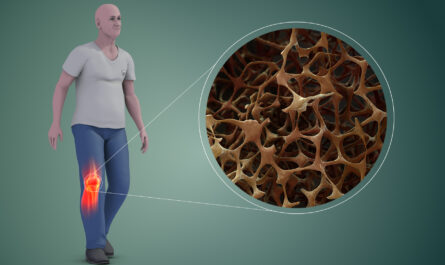
Spatial transcriptomics is an emerging technique that allows researchers to study gene expression patterns across tissues at high resolution. By capturing RNA from specific locations within a tissue sample, spatial transcriptomics facilitates mapping where in the tissue genes are turned on and off. This information can provide important insights into developmental processes, disease progression, and cellular heterogeneity that are not captured by traditional bulk tissue analyses.
Methodology Behind Spatial Genomics Transcriptomics
Spatial transcriptomics relies on assigning genomic barcode “addresses” to specific spots on a tissue sample. Samples are typically fixed and sliced into thin sections that are placed on aSlide with an array of barcoded oligonucleotides. As cells in the tissue degrade, their RNA diffuses to these spots and hybridizes to the barcodes. By determining which barcodes are associated with which RNA sequences, researchers can reconstruct where those genes are expressed spatially within the original tissue architecture. Several commercial platforms now offer high-throughput spatial transcriptomics capabilities to analyze entire tissue sections with resolutions down to individual cells.
Application to Neuroscience
Spatial transcriptomics has already proven useful for mapping gene expression patterns in the brain with single-cell resolution. One study applied it to map over 6,000 genes across 10,000 spots in a mouse brain cortex section. This revealed new insights into neuron subtypes and their spatial organization. Another analyzed hundreds of thousands of spatially resolved transcripts across the entire mouse brain to characterize regional molecular architecture. These datasets provide valuable resources for studying neurodevelopment, neuronal signaling, and brain disorders with an unprecedented spatial context.
Insights Into Cancer Heterogeneity
Cancerous tumors exhibit extensive transcriptional and cellular heterogeneity that impacts treatment response. Spatial Genomics Transcriptomics allows probing this heterogeneity at a high spatial resolution within intact tumor tissues. One group used it to resolve over 30 distinct transcriptional tumor subregions in breast cancer, some associated with prognosis. Others mapped gene expression gradients driving lung cancer progression from normal to precancerous to metastatic states. By encoding spatial origins of transcripts, these studies offer mechanistic insights into how molecular heterogeneity impacts cancer evolution and outcomes at the anatomical scale.
Other Applications and Future Outlook
Beyond neuroscience and oncology, spatial genomics transcriptomics is finding uses in developmental biology, immunology, and more. For example, one group employed it to map gene regulation networks orchestrating early mouse embryogenesis. Others analyzed spatially resolved immune cell states in inflammation. Looking ahead, continuing technological advances promise even higher throughput and spatial resolutions. Pairing spatial transcriptomics with other modalities like proteomics or imaging also holds potential. As datasets accumulate, computational and statistical methods will be important for fully leveraging the rich spatial context provided. Overall, spatial transcriptomics is emerging as a powerful approach for understanding cellular heterogeneity and molecular organization in intact tissues.
*Note:
1. Source: Coherent Market Insights, Public sources, Desk research
2. We have leveraged AI tools to mine information and compile it



